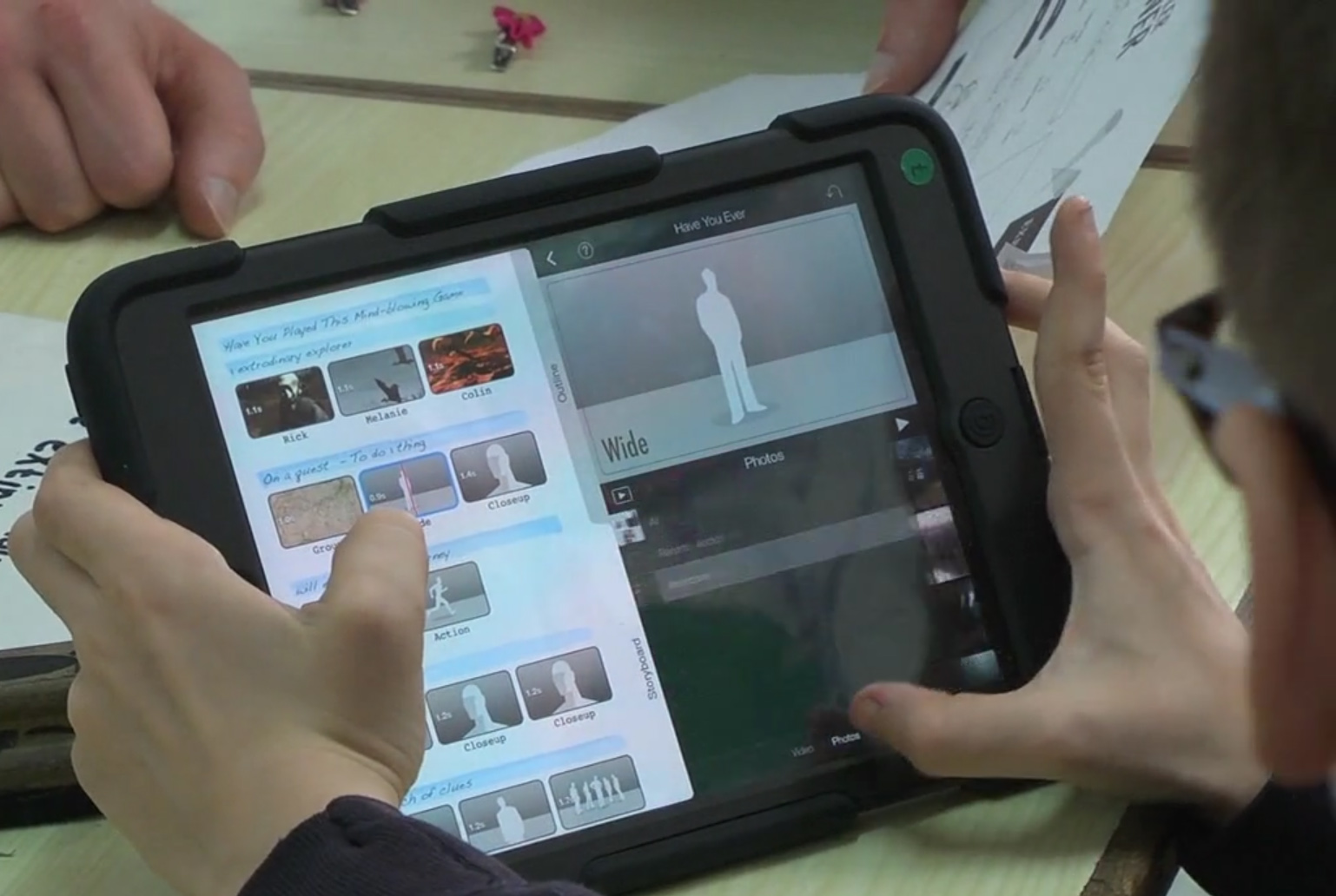Blog entry by Chris Pim
written by Chris Pim, Hampshire
EMTAS Specialist Teacher Advisor
How to use computer games to enrich the curriculum and raise standards in reading and writing for all pupils, including more advanced learners of English as an additional language (EAL)
Introduction
Most pupils have direct experience of playing computer games, whatever their linguistic or cultural heritage. Minecraft, you may be aware, is one of the most successful games of all time. So how could you capitalise on the interest in digital gaming to engage your learners and develop approaches that can raise standards across the curriculum?
Using computer games for language learning across the curriculum – some considerations
Not all computer games are created equal – to coin a phrase. Games that are specifically designed for education, such as English language learning games, may not be that successful because pupils realise that they are no more than thinly disguised tests and don’t respond positively to them.
In an educational context the best games are immersive; the player inhabits a realistically rendered 3D world influencing a narrative- rich storyline through the actions of their character/avatar. From a learning perspective, especially for EAL pupils, professionally produced computer games contain clear graphics, authentic storylines, audio narration/music and rich texts that provide a clear context and make meaning explicit. Some also provide obvious links to the curriculum such as through historical, geographical and scientific settings and scenarios.
You also need to be aware that all marketed computer games are subject to an age rating to determine their appropriateness for children and young people (Pegi). This is an important factor in determining the type of computer game that you might choose to use with your pupils.
As you read this article you may already have ideas for suitable computer games. However you might like to consider any of the following: The Myst series, Minecraft Storymode, Syberia, The Longest Journey, Tintin - Search for the Unicorn, The Room series and Amerzone.
Curriculum opportunities
There are numerous opportunities for developing thinking, talking and writing around computer games. For example, there is obviously merit in allowing pupils to play the game in pairs/groups as the quality of discussion will benefit EAL learners as they work alongside supportive peers. There is also tremendous potential in playing parts of the game as a whole class, projecting game play onto a large digital display. One pupil plays the game and peers suggest where to look, which objects to interact with and generally help to decide on particular courses of action at major decision points. Pupils can also debate particular courses of action. This all helps to develop more academic types of language that will improve written outcomes.
Playing a computer game from start to finish won’t be possible. But the game can be moved on by playing video game walk-throughs sourced from the internet. Featured texts within the game can be used as the basis for EAL-friendly activities; vocabulary-building games, Directed Activities Related to Texts (DARTs) and collaborative writing tasks like Dictogloss.
When playing computer games it is immediately apparent how fruitful the medium is for developing writing within different text types - for example, encouraging descriptive writing around realistic settings and well-defined characters. The format also encourages learners to produce recounts of game play sessions. Finding solutions to puzzles and making progress through the game provides opportunities for instructional and explanation-based texts. Students can discuss/argue the relative strengths and weaknesses of any particular game or perhaps the appropriateness of its age-rating from the perspective of a player or parent. Pupils could also write computer game reviews.
Why not also challenge your pupils to create persuasive videos to advertise a chosen computer game? Using professionally produced video game adverts sourced from the internet you can demonstrate persuasive techniques, such as rhetorical questions, repetition, lists of three, hyperbole etc. Next, using images and video captured from their chosen game, encourage pupils to collaborate on the production of a promotional video using iMovie’s Trailer feature. You will find this activity is especially beneficial for more advanced EAL learners as it acts as an intermediate scaffold for writing persuasively.
As you can see there are many ideas for integrating computer games into the classroom to improve the reading and writing skills of your more advanced EAL learners alongside their peers. So, what’s stopping you? You won’t be disappointed with the outcomes!
To read a research case study focussed on using immersive games to improve the writing of more advanced EAL learners visit: https://eal.britishcouncil.org/eal-sector/eal-and-immersive-games

